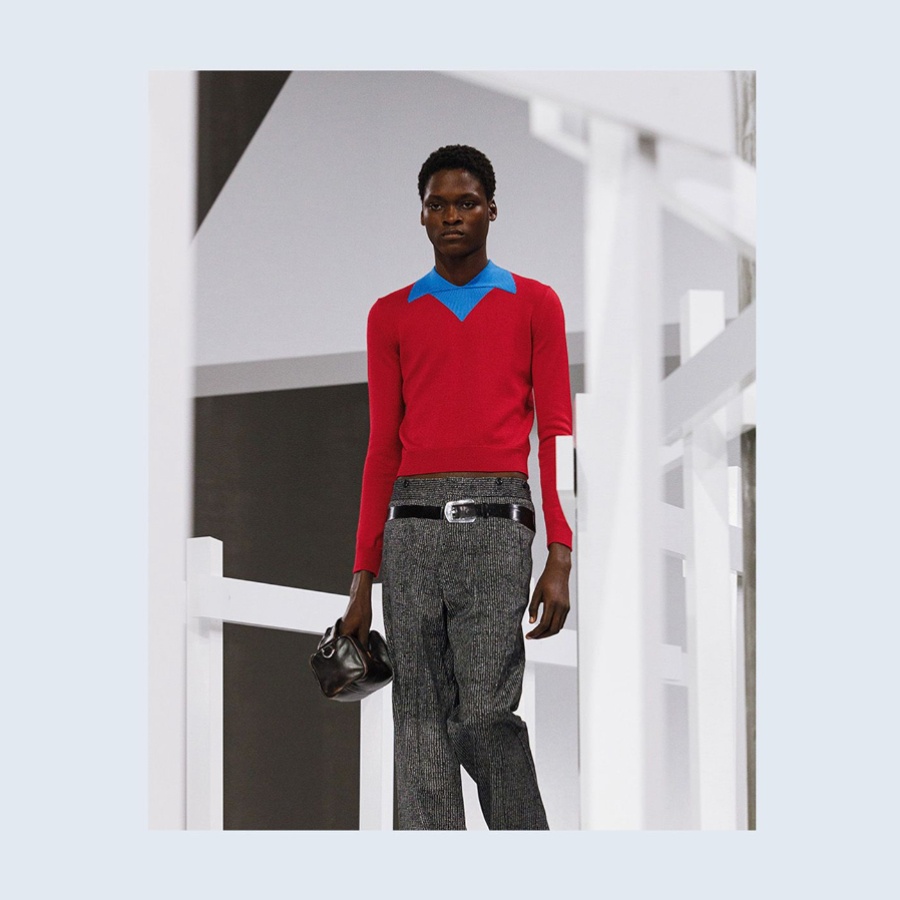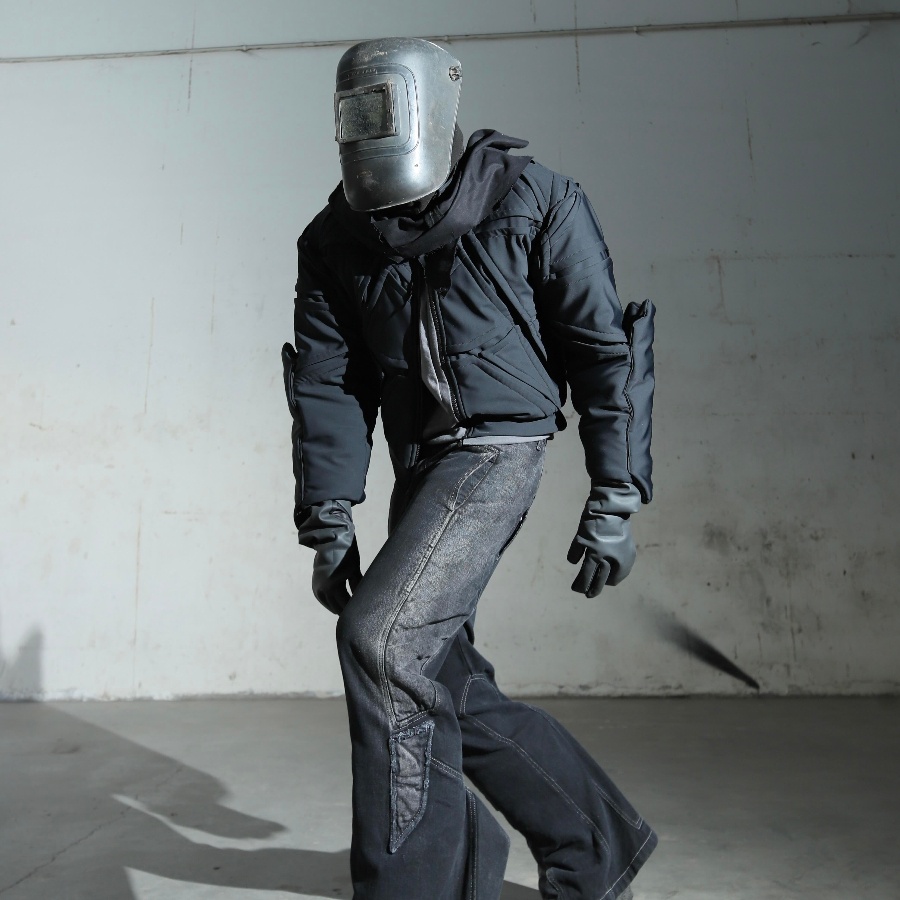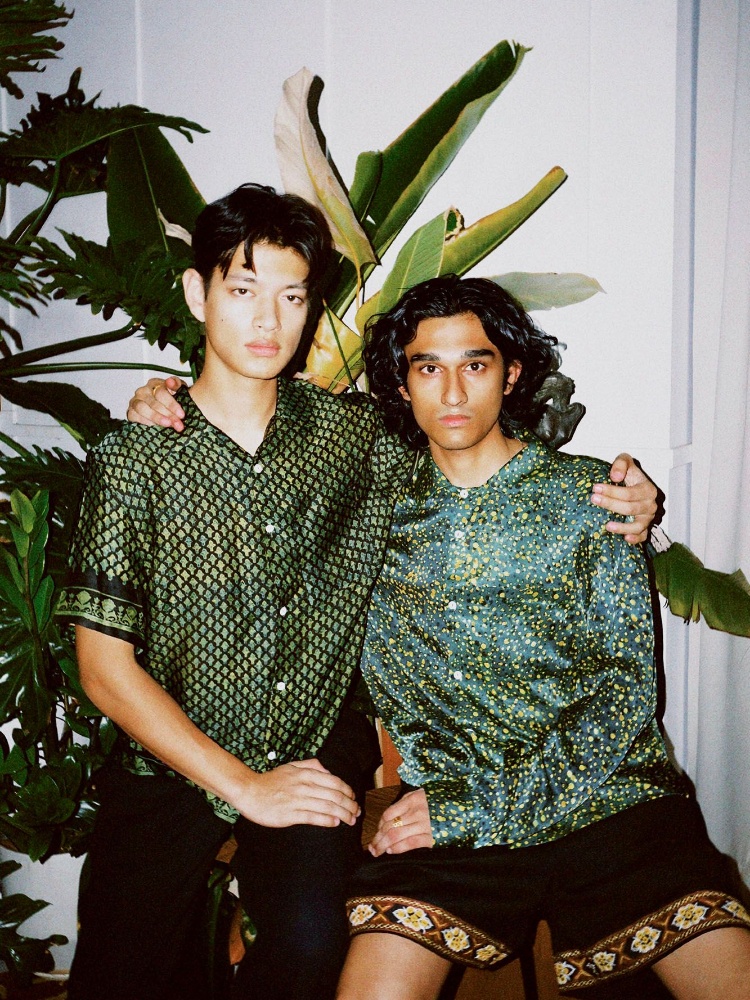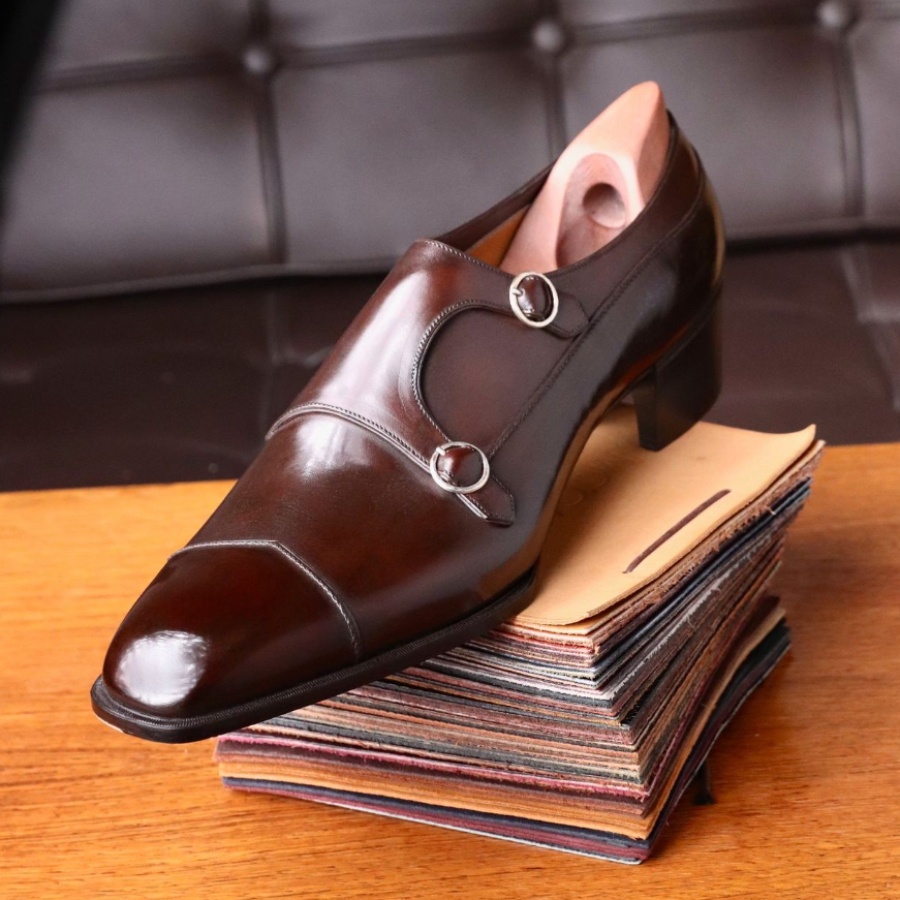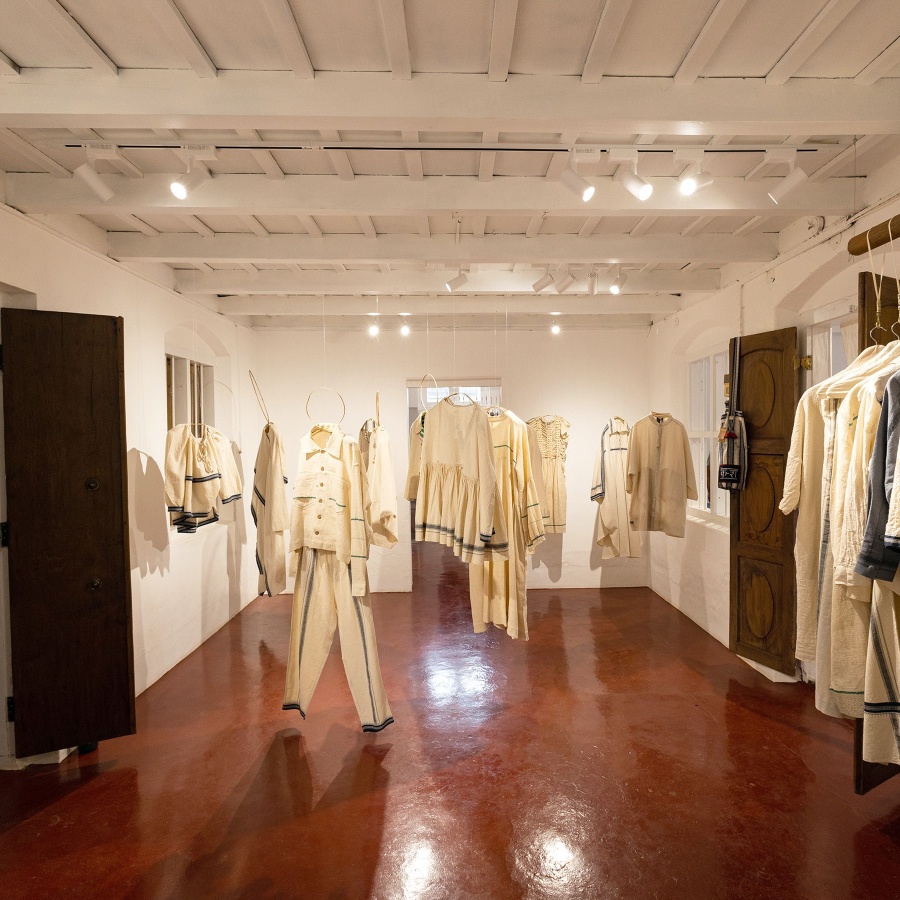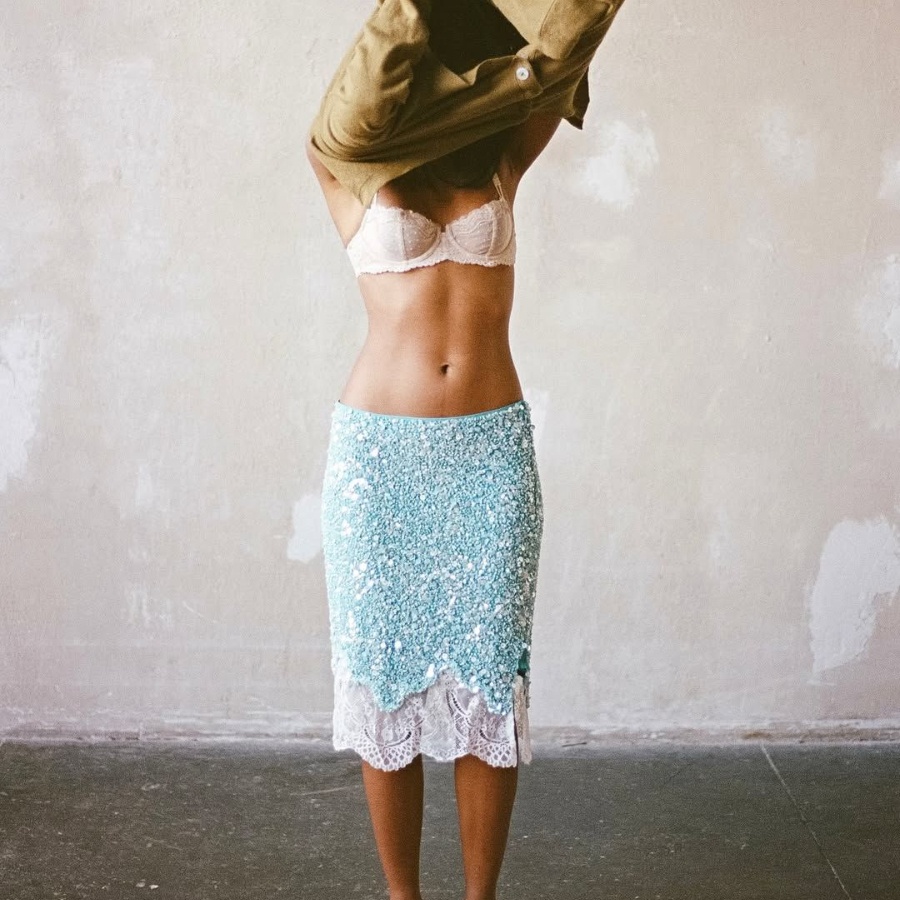A skim through model-entrepreneur Arjun Dutta’s Instagram reveals snapshots of his travels, a penchant for cycling, and some cosy café corners. And the fashion that binds this digital documentation? A fondness for craft-centric fits. We see a camp-collared shirt with floral embroidery that’s often borrowed by his girlfriend and a hand-appliqué jacket made from a 1970s bedcover sourced from Kutch, styled with a pair of pleated trousers. “What attracted me to modern craft is how a single piece of clothing can make a statement through intricate detailing and rich heritage. It’s not just about the look; these pieces add personality to even the simplest outfits,” he shares. Dutta is one among a budding demographic of consumers that’s becoming aware of the many powers of craft-oriented clothing. The merits are innumerable—it’s gender fluid, pocket friendly, and offers Gen Z something it loves the most—bragging rights about owning something entirely unique.

The end of the basic bitch era
For a while, new-age menswear was facing an identity crisis. There was the young male consumer who was content with the same t-shirt in several colourways, while others were opting for the templatised uniform of graphic t-shirts and cargo pants prescribed by streetwear labels. For the style-forward male consumer, these mundane options just didn't make a mark. A gap that craft has unexpectedly filled.
While the movement to make Indian craft more accessible has already been underway thanks to labels like New York-based Bode, Jaipur’s Harago, and LVMH semi-finalist Kartik Research, there’s a new guard that’s picking up the mantle, but in a more pocket-friendly manner.
Take New-Delhi based Hindostan Archive. Co-founded by NIFT grads Sahil Meenia and Shaoni Ray, the brand reimagines traditional techniques into silhouettes that feel relevant—you’ll find a pair of double-knee trousers, a silhouette synonymous with American workwear, reiterated in indigo-dyed bandhani fabric, or a sporty sweatshirt crafted in an ajrakh-patchwork textile. “There are many brands based in the West that use Indian textiles but most of them don’t truly represent our identity. I thought it would be ideal to use our own craft resources to present a global vision—a truly handcrafted, ‘Made in India’ product. We aim to be the link between artisans and a wider audience, helping bring their work to the world stage while preserving the integrity of their craft,” says Ray. The designers work with a large network of craft clusters around the country, including Bhujodi weavers, Bagru block printers in Jaipur, and hand-knitters from Kullu.

This homegrown aesthetic has also found fans among NRIs. Rishabh Sharma, a 25-year-old business consultant based in Singapore, says, “As someone who grew up abroad as a minority, I often experienced a void in mainstream media—a lack of representation in the stories and styles I encountered. So, discovering these craft brands felt like finding a bridge to my Indian heritage through a medium I’m passionate about.” Sharma describes his personal style as a ‘hybrid’ look that leans toward mainstream cuts, but incorporates the crafts. His favourite is a block-printed silk jacket from Kartik Research. “It is so well crafted that it takes a second glance for people to realise it’s made of reworked fabrics. Plus, it doesn’t hurt that Lewis Hamilton has been spotted in the same piece.”
Another frequent client of these brands is Aditya Singh, a 26-year-old engineer from Washington who adopts a more maximalist approach, sporting curated pieces from each of these labels in a head-to-toe fit. His Instagram feed reveals a wardrobe filled with brands like Karu Research, Pantano Clothing, Kardo, Harago, and Delhi-based Perte D’ego.

